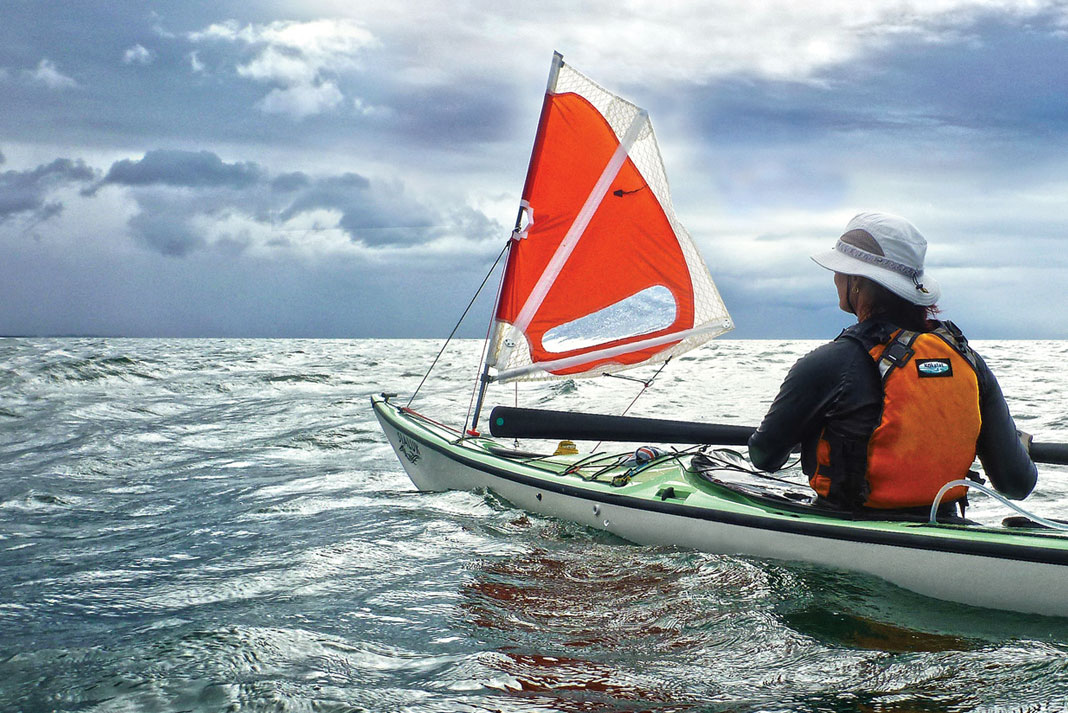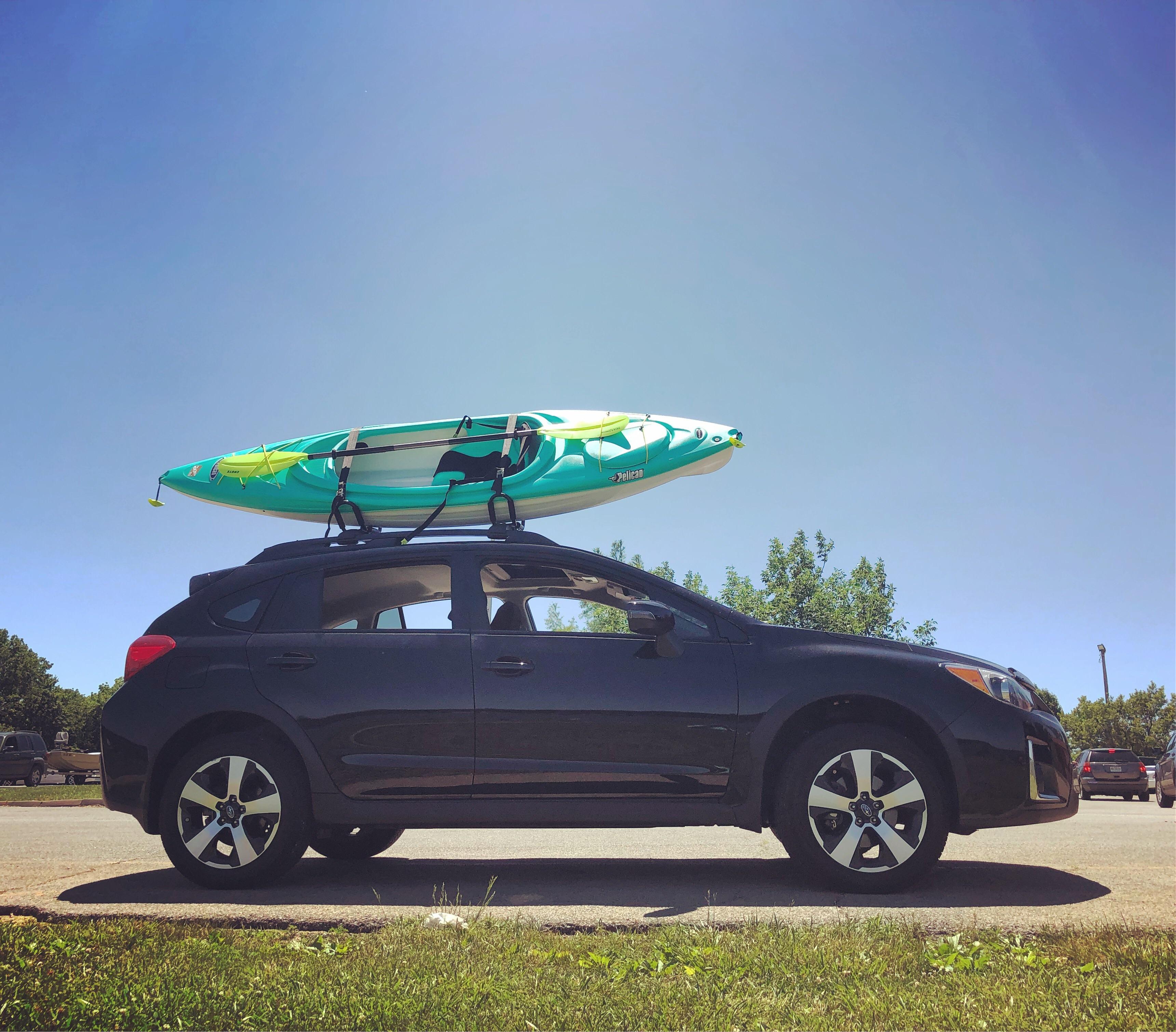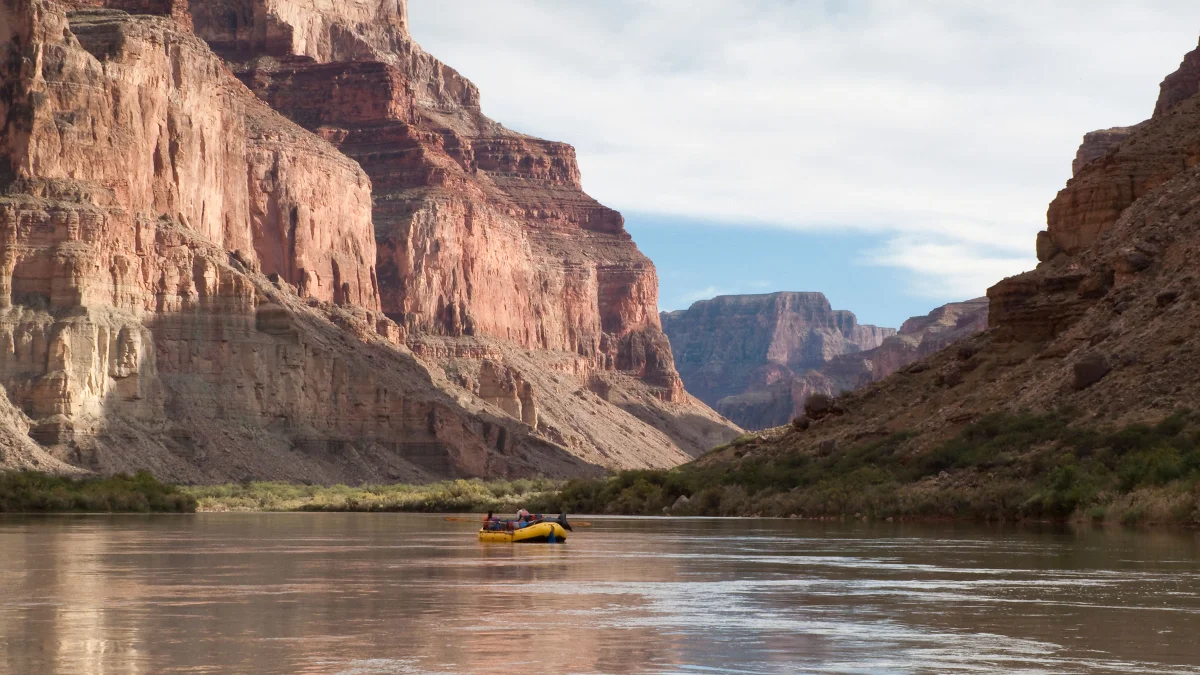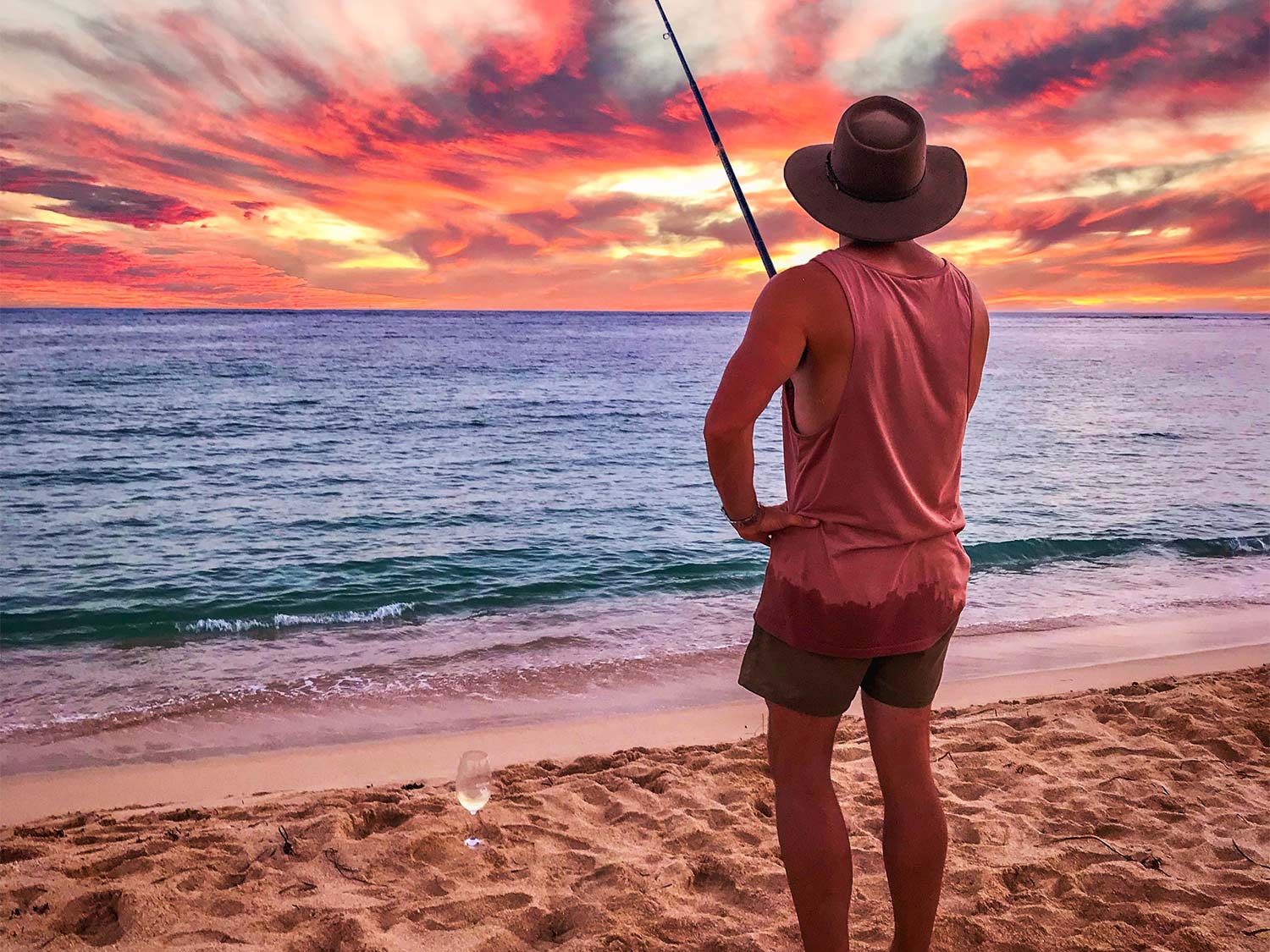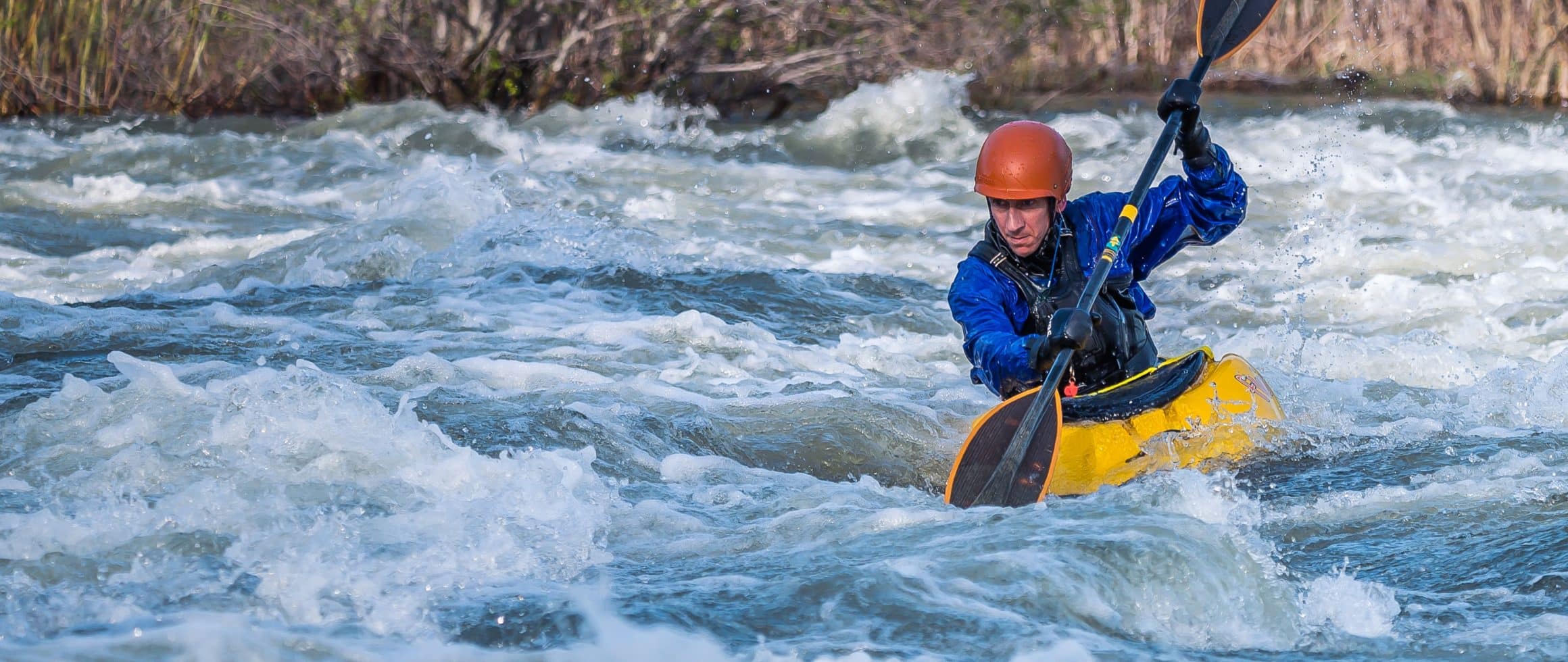
- Alabama
- Alaska
- Arizona
- Arkansas
- California
- Colorado
- Connecticut
- Delaware
- Florida
- Georgia
- Hawaii
- Idaho
- Illinois
- Indiana
- Iowa
- Kansas
- Kentucky
- Louisiana
- Maine
- Maryland
- Massachusetts
- Michigan
- Minnesota
- Mississippi
- Missouri
- Montana
- Nebraska
- Nevada
- New Hampshire
- New Jersey
- New Mexico
- New York
- North Carolina
- North Dakota
- Ohio
- Oklahoma
- Oregon
- Pennsylvania
- Rhode Island
- South Carolina
- South Dakota
- Tennessee
- Texas
- Utah
- Vermont
- Virginia
- Washington
- West Virginia
- Wisconsin
- Wyoming
Paddling 101: Rapids, Water Levels, & Skill Level
class 1 rapids
If you're a fan of paddling, whether it's canoeing, kayaking, or river rafting, you know that the sport can be both exhilarating and peaceful. Paddling can take you to some of the most beautiful and remote places in the world, but it can also be dangerous if you don't understand the potential risks. One of the most important things to consider when planning a paddling trip is the level of rapids you will encounter. Rapids can vary widely in their difficulty and can make the difference between a fun and safe trip and a harrowing and dangerous experience. In this article, we will discuss how to understand rapids, water levels, and skill levels and how to evaluate them when planning a paddling trip. We'll also answer common questions about these topics to help you become a more informed paddler.
By understanding these elements, you can make more informed decisions about the type of river and rapids you want to tackle and whether your skill level is sufficient for the trip. With this knowledge, you can focus on the joy of paddling and the world's natural beauty instead of worrying about potential dangers. Let's dive in!
Understanding Rapids
When paddling on a river, understanding the difficulty level of the rapids you will encounter is critical for a safe and enjoyable trip. The international rating system categorizes rapids from Class I to Class VI based on their difficulty level.
- Class I rapids are considered the most accessible rapids to navigate. They have smooth water, light riffles, clear passages, occasional sand banks, and gentle curves. Class I rapids are usually suitable for beginners.
- Class II rapids are slightly more challenging than Class I rapids. They have medium-quick water, regular waves, and clear, open passages between rocks and ledges. Maneuvering is required to navigate Class II rapids. While they are still relatively easy, they are not recommended for beginners.
- Class III rapids are moderately tricky and require more experience and skill to navigate. They have high and irregular waves, rocks, and eddies with clear but narrow passages. Maneuvering is required to navigate Class III rapids; visual inspection is recommended if the rapids are unfamiliar. Open canoes without flotation bags may have difficulty navigating Class III rapids, which are best left to canoeists with expert skills.
- Class IV rapids are considered complex and require precise and powerful maneuvering. They have long, powerful rapids, standing waves, souse holes, and boiling eddies. Visual inspection is mandatory, and advanced preparations for possible rescue work are essential.
- Class IV rapids cannot be run in canoes unless the craft is decked or adequately equipped with flotation bags.
- Class V rapids are considered extremely difficult, with long and violent rapids that follow each other almost without interruption. The river is filled with obstructions, big drops, and fierce currents, and they have an extremely steep gradient, and even inspecting them can be difficult. Rescue preparations are mandatory, and they can be run only by top experts in specially equipped whitewater canoes, decked craft, and kayaks.
- Class VI rapids are considered extraordinarily difficult, and paddlers face a constant threat of death because of extreme danger. They are navigable only when water levels and conditions are favorable and are best left to paddlers of Olympic ability. Every safety precaution must be taken when navigating Class VI rapids.
Knowing the difficulty level of the rapids you will encounter is crucial when planning a paddling trip. It is essential to accurately assess your paddling companions' skill level, experience, and skill level to ensure everyone's safety. The following section will discuss canoeing skill levels and how to evaluate your abilities.
Canoeing Skill Levels
Understanding your abilities and skill level is essential to planning a paddling trip. The Appalachian Mountain Club rates canoeists on a scale of I through V, which can help you assess your skill level and choose appropriate rivers and rapids.
Class I canoeists are beginners familiar with basic strokes and can handle a tandem canoe competently from the bow or stern in flat water. Solo canoeists are aware of basic strokes.
Class II canoeists are novices who can handle more advanced whitewater strokes, solo or in the bow or stern of a tandem canoe. They know how to read water and can negotiate easy and regular rapids with assurance.
Class III canoeists are intermediate paddlers who can negotiate rapids requiring a linked sequence of maneuvers. They understand and can use eddy turns and basic bow-upstream techniques and are skilled in a tandem canoe's bow or stern. They can paddle Class II rapids in a solo canoe or kayak.
Class IV canoeists are experts who have established the ability to run difficult (Class III and IV) rapids in the bow or stern of a tandem craft. They can paddle solo in a properly equipped canoe or kayak and understand and maneuver in heavy (Class H) water.
Class V canoeists are leaders who are expert canoeists with the experience, judgment, and training to lead a group of any degree of skill on any navigable waterway and in the wilderness.
Knowing your skill level and the skill levels of your paddling companions is essential for planning a safe and enjoyable trip. Suppose you are unsure about your or your paddling companions' abilities. In that case, choosing a river and rapids that are easier and more appropriate for your skill level is best.
In addition to the skill level of the canoeist, the type of kayak or canoe used can also affect the trip's difficulty. A C1 kayak, for example, is used for solo whitewater paddling, and it is designed to be highly maneuverable and is used by experienced paddlers to navigate challenging whitewater.
In the next section, we will discuss how water levels can affect the difficulty of rapids and the characteristics of a river.
Water Levels and River Characteristics
The characteristics of a river can change dramatically as water levels rise and fall, and water levels are affected by rainfall, snowmelt, and dam releases, among others. Understanding how water levels can affect the difficulty of rapids and the characteristics of a river is essential for planning a safe and enjoyable paddling trip.
The international rating system for river flow uses letter designations to describe the water level and rate of flow. The classification for a specific river may change from season to season, and the following tags are used to describe the water level and rate of flow:
- L or Low: Below-normal levels for the river. Below-normal depth may interfere with a good paddling. Shallows may become dry banks, and low areas may become muddy sandbars.
- M or Medium: Normal river flow. Medium water generally describes good water for rivers with slight gradients and enough depth for passage on the steeper sections.
- MH or Medium High: Higher than average. Faster flow on gentle gradients. The best flow for more difficult river sections with enough water for passage over low ledges and through rock gardens.
- H or High: Water is becoming challenging to handle. The river is well above the normal stage. Canoeists may refer to the strong currents as "heavy." Small debris may come floating by, a warning that the river is dangerous and better left to skilled kayakers or canoeists whose craft is supported by flotation bags.
- HH or High-High: Hefty water. Hydraulics are complex, and even slight gradients become treacherous. Debris is frequent, only for experts.
- F or Flood: Abnormally high water overflowing the banks; the current is exceptionally violent, and low-lying areas are underwater. TV crews show up to shoot tape for the evening news. Not for any boaters except those with appropriate equipment on dangerous rescue missions.
Water levels can affect the difficulty of rapids and the characteristics of a river. For example, Class II rapids can become Class IV rapids when the water is abnormally high following spring runoff or heavy storms. Conversely, a Class IV rapid can turn into a shallow pussycat when the water level is low in the late summer. Even ordinarily calm stretches become turbulent and dangerous at flood stage because the force of currents slammed this way and that by rocks and obstructions creates powerful and dangerous surface conditions.
Canoe livery operators are excellent sources of information about the rivers they service and are usually quick to warn customers about unusual situations. Most operators will cancel all rentals when the waters are dangerous because of high levels or frigid temperatures, and the better ones will give out rain checks. Even if you have a canoe, operators will be as ready to warn you about dangerous conditions as they are their customers.
In the next section, we will discuss how to evaluate whether you should paddle a specific river and how to stay safe on the water.
Should You Paddle That River?
Before embarking on a paddling trip, it is essential to evaluate three elements to judge your ability to handle a river:
- Your ability: Be honest about your skills and experience as a paddler. Consider whether you have the skills and expertise to navigate the specific river and rapids you are considering.
- The class of rapids: Use the international rating system to classify the rapids on the river you are considering. Choose a river and rapids appropriate for your skill level and the skill levels of your paddling companions.
- The river flow level: Understand how water levels can affect the difficulty of rapids and the characteristics of a river. If water levels are higher or lower than usual, the river may be more challenging or dangerous to navigate.
Suppose you are unsure about your or your paddling companions' abilities. In that case, choosing a river and rapids that are easier and more appropriate for your skill level is best.
One way to evaluate a river and its rapids is to obtain a technical description from a knowledgeable source, such as a local canoe livery operator or a guidebook. These sources can provide information about the river's rapids, water levels, and other essential factors to consider.
If in doubt, personally inspect the river first, or don't run it. Canoe livery operators are excellent sources of information about the rivers they service and are usually quick to warn customers about unusual situations. Most operators will cancel all rentals when the waters are dangerous because of high levels or frigid temperatures, and the better ones will give out rain checks.
It is also essential to stay safe on the water. Always wear a properly fitting personal flotation device (PFD), and bring appropriate safety equipment, such as a whistle, throw rope, and first aid kit. Avoid paddling alone, and swim with a group with experience and skills similar to yours. Be sure to tell someone your planned route and expected return time, and carry a means of communication, such as a whistle or cell phone.
In conclusion, planning a paddling trip requires careful consideration of the river's rapids, water levels, and your skill level. By following these guidelines and exercising caution and common sense, you can enjoy a safe and enjoyable paddling trip on the river of your choice.


